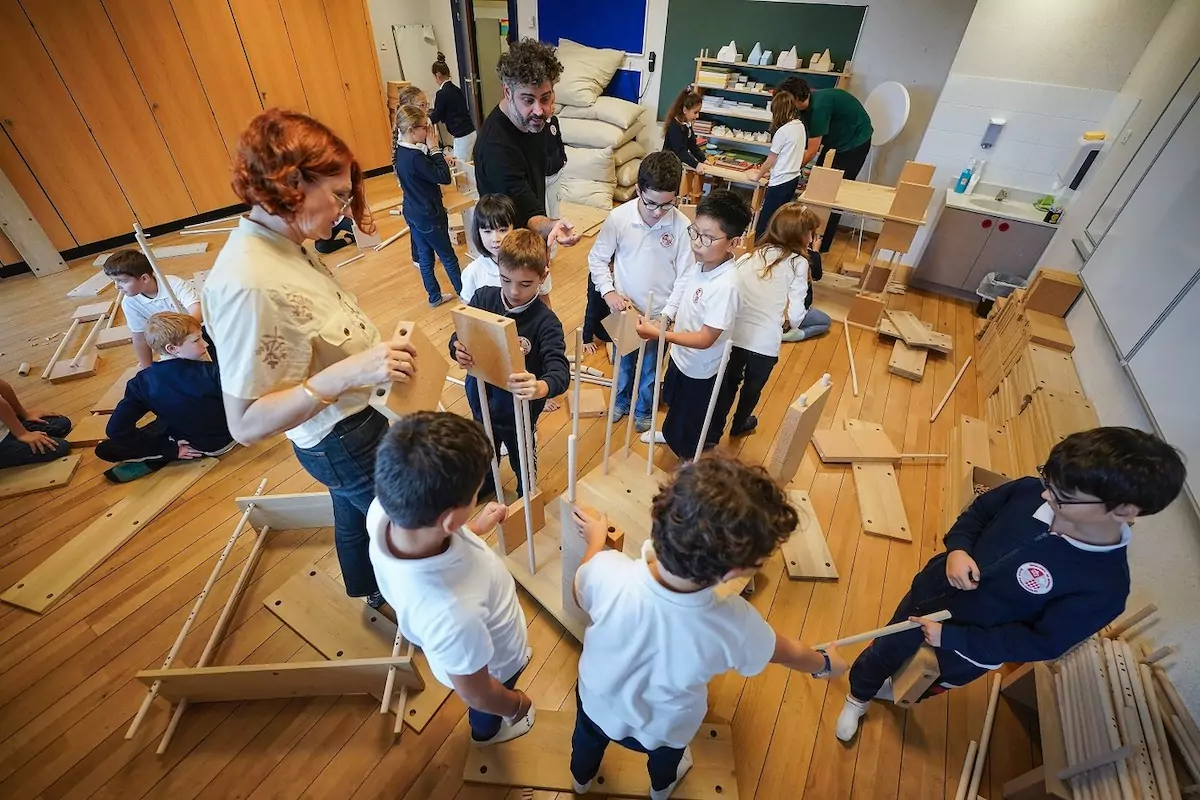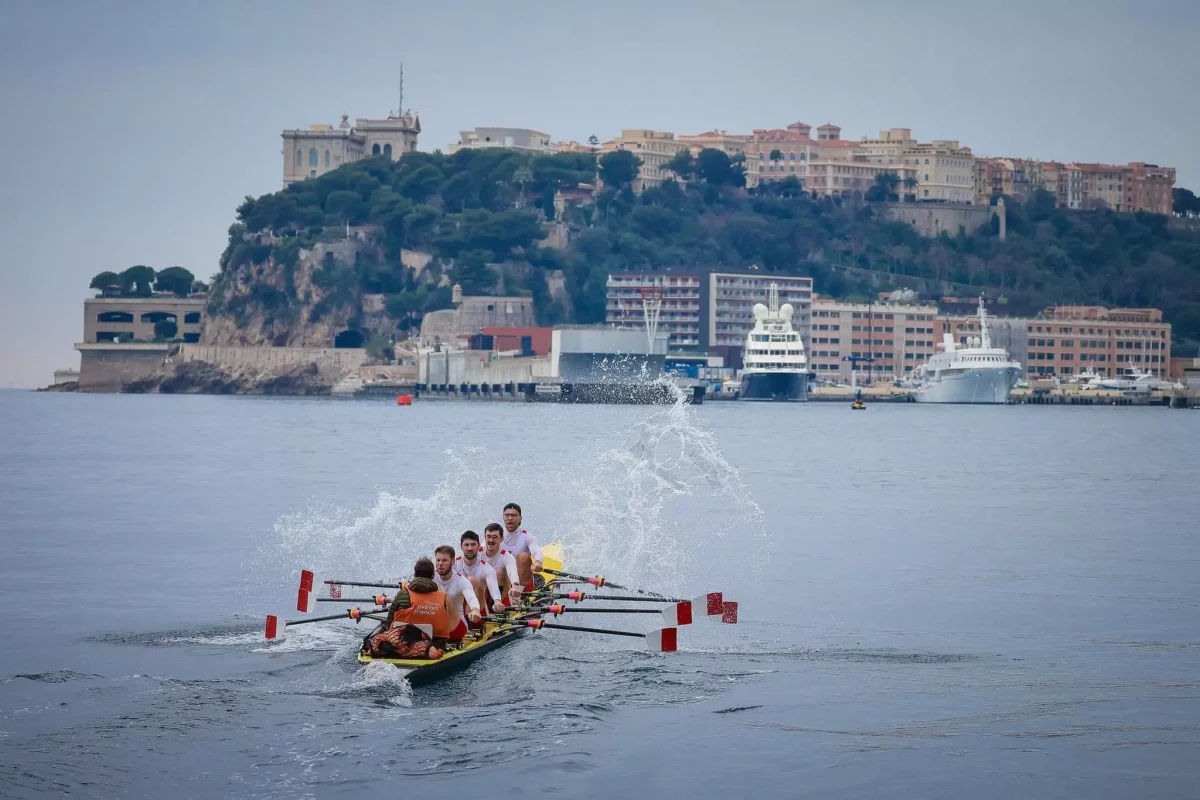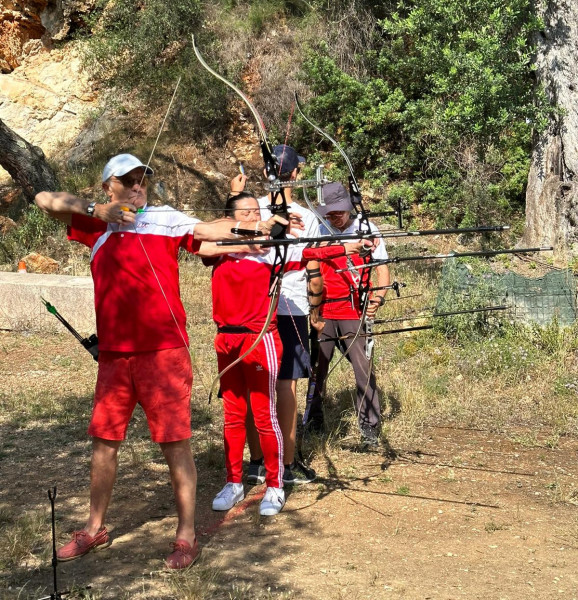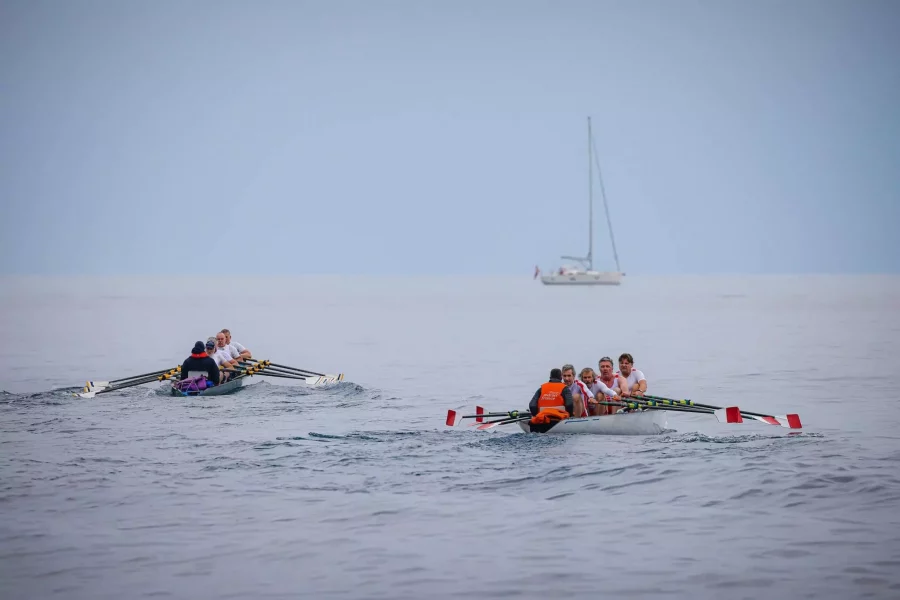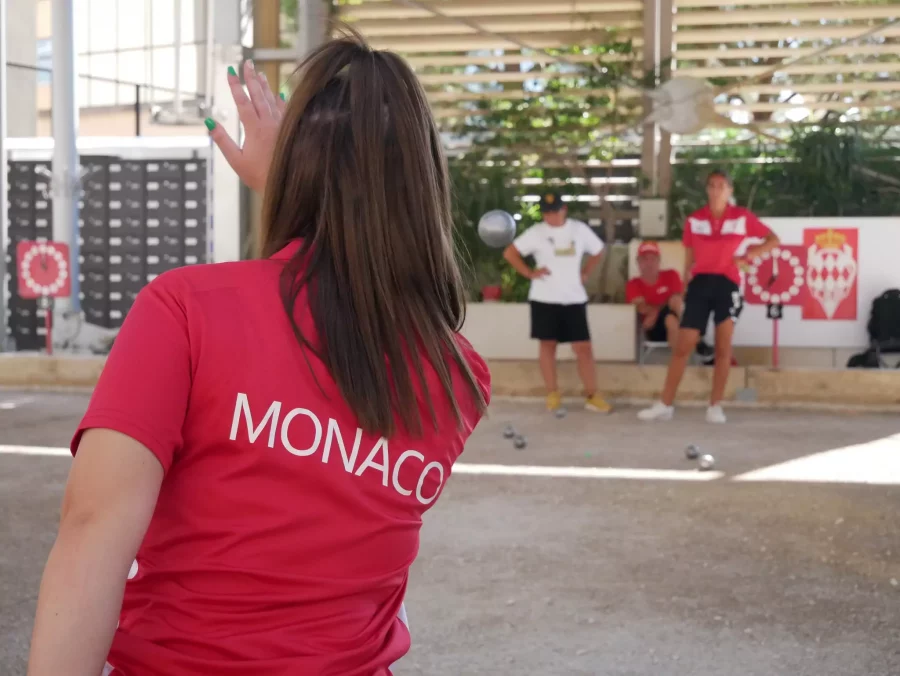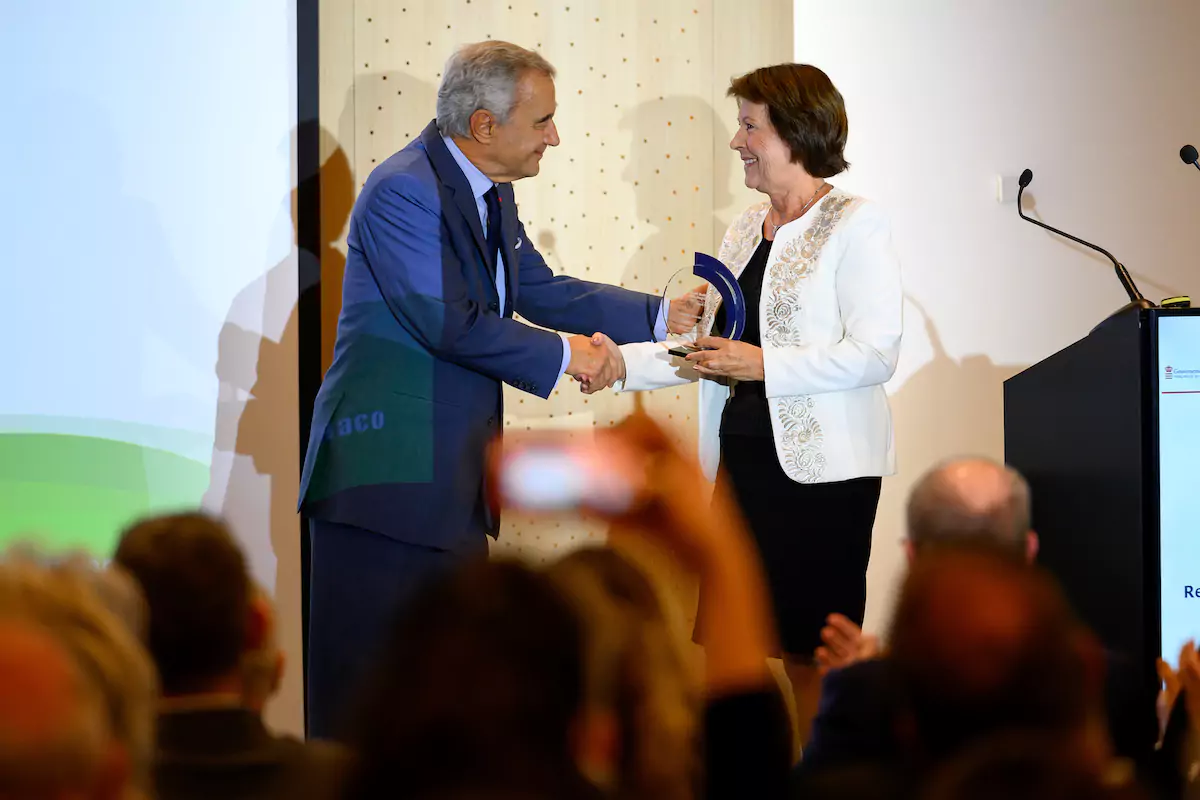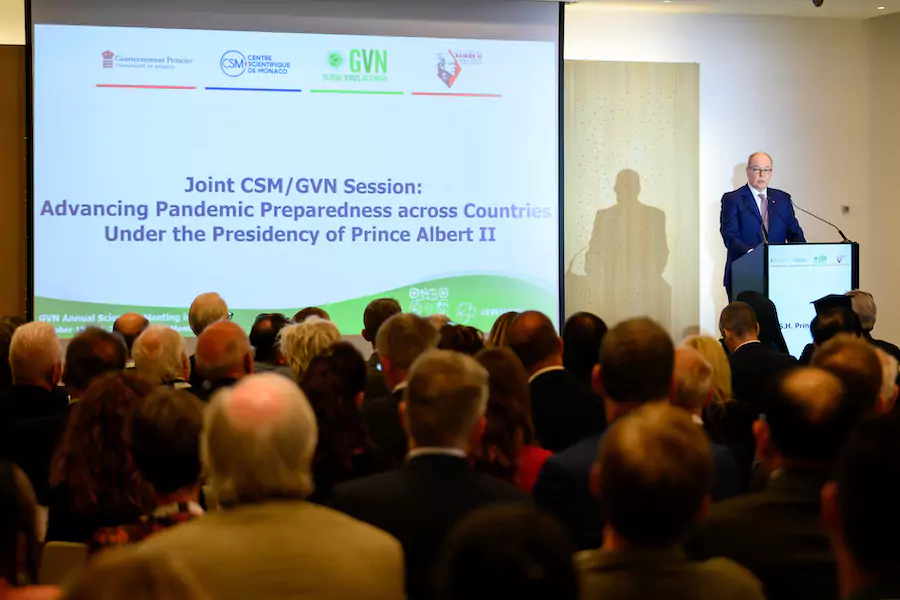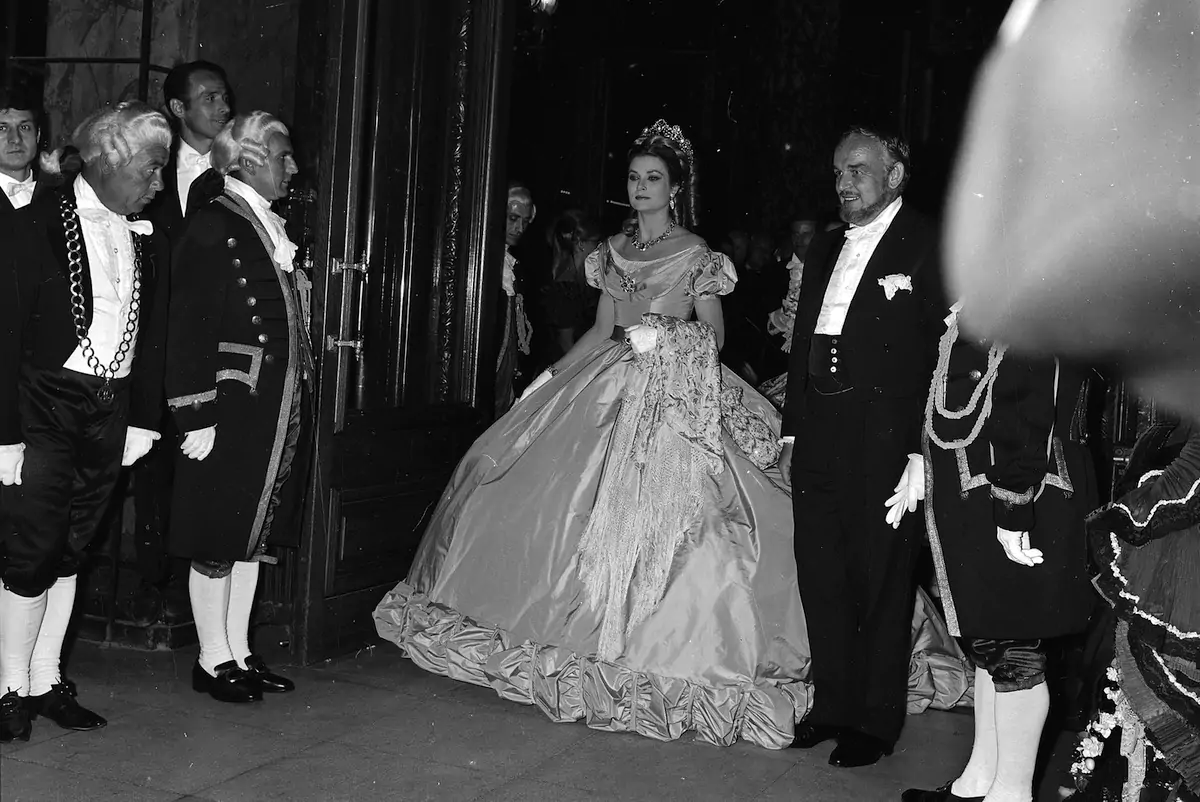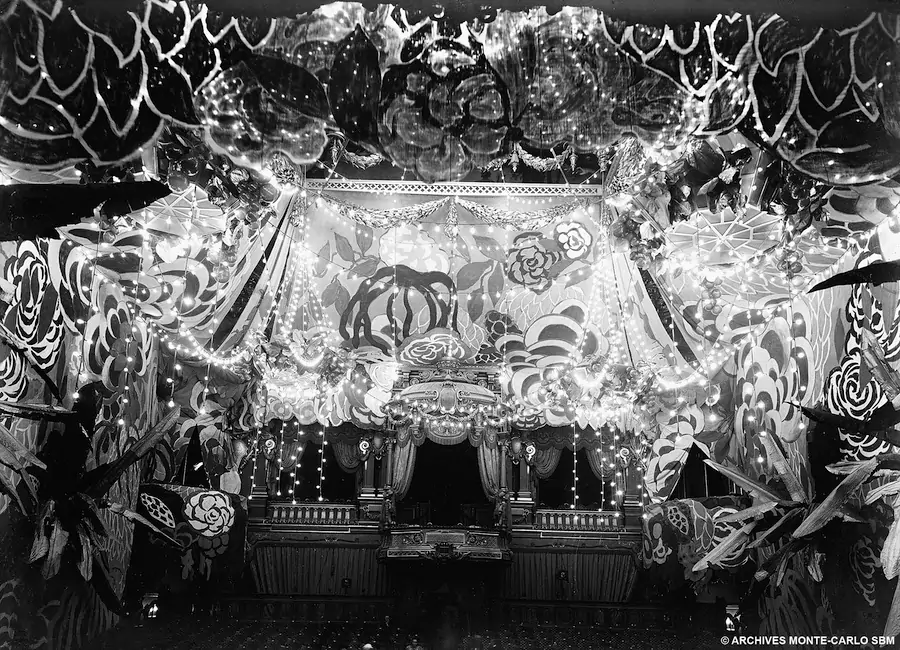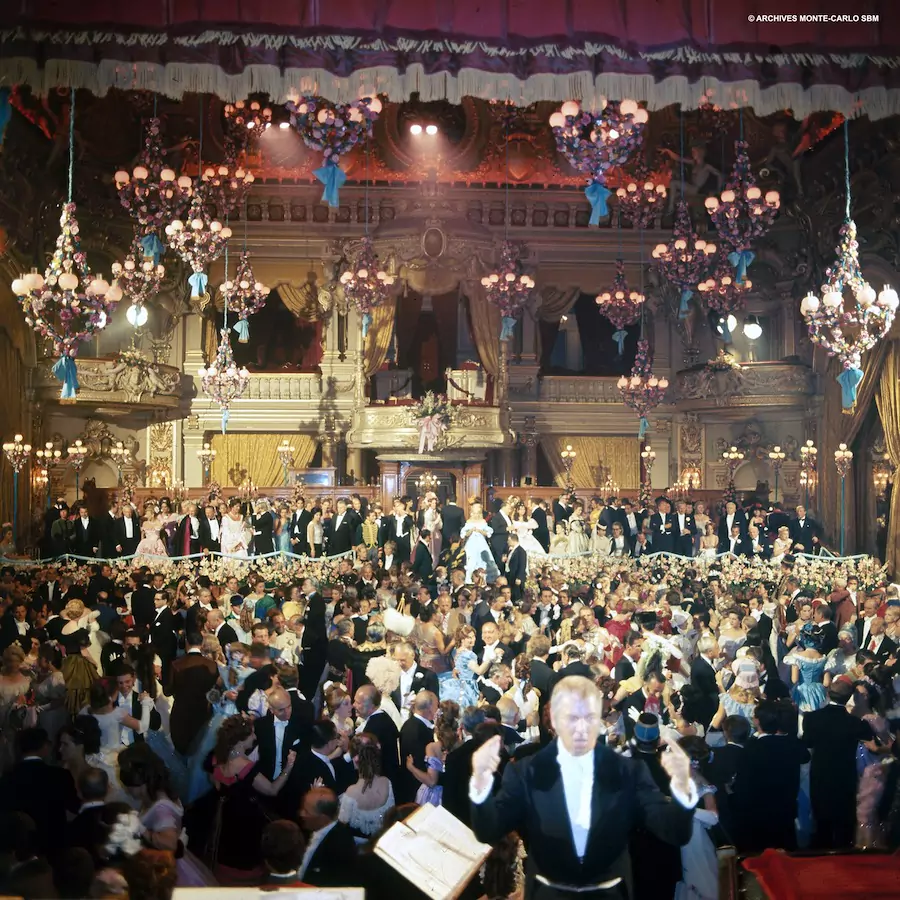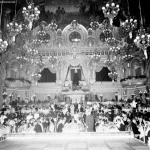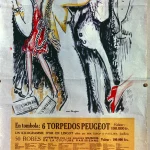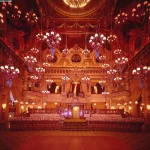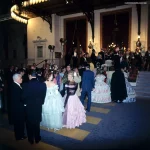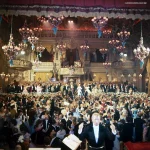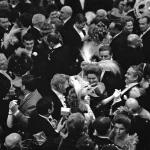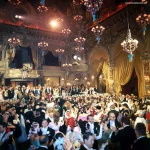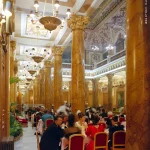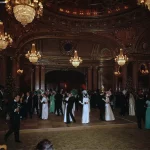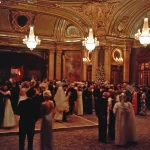In an exciting development in the Principality of Monaco, the New National Museum of Monaco, in collaboration with the Directorate of National Education, Youth, and Sports, and with generous support from the Prince Albert II Foundation, is introducing an innovative educational experiment called ‘Écoletopie’.
Originating in 2022 as part of the ‘The Art of Learning, a School for Creators’ exhibition at the Centre Pompidou Metz, this educational initiative is now making its way into the heart of a classroom in Monaco.
‘Écoletopie’ represents a significant leap forward in the industry of education, breaking away from traditional teaching methods and venturing into uncharted territory. This unique educational approach, conceived by Studio Smarin, is designed to nurture young minds, challenge conventions, and foster a profound connection between students and their environment.
‘Écoletopie’ has set up in a classroom at Saint-Charles School in Monaco, and it will remain there until the winter break. During this period, CM1 students and their dedicated teacher will immerse themselves in a carefully crafted, holistic learning environment.
Holistic objectives
The core objectives of ‘Écoletopie’ are multifaceted, reflecting a holistic approach to education.
These objectives include mobilisation of attention. In an era filled with distractions, this element of the program hones the critical skill of maintaining focused attention. Another objective is collective intelligence, as ‘Écoletopie’ encourages students to collaborate, promoting the power of collective problem-solving.
Through this innovative educational experience, young learners are encouraged to develop a deep and nuanced understanding of their own sensitivities and those of others. The program also places a strong emphasis on understanding one’s body, promoting mindfulness and physical well-being.
‘Écoletopie’ is distinguished by its unwavering commitment to environmental responsibility. Every component of the program, from its meticulously designed objects to its overall philosophy, revolves around the idea of sustainability and eco-consciousness. Each piece is crafted from pure, untreated materials chosen for their natural qualities, aligning with the program’s long-term vision of minimising the impact on the human body and the ecosystem.
A comprehensive learning approach
‘Écoletopie’ goes beyond the conventional classroom setup. It incorporates a series of engaging conversations and practical workshops led by the experts at Studio Smarin. These interactions empower students to explore essential concepts such as the biomechanics of the body, collective coordination in building shared spaces, and the ecological footprint of materials.
Additionally, students are encouraged to perceive play as a gateway to free sensory exploration, embracing their innate sense of wonder.
Make sure you’re never left out of the conversation.
Sign up for the Monaco Life newsletter, and follow us on Facebook, Twitter, Instagram and LinkedIn.
Photo credit: Manuel Vitali, Government Communication Department
